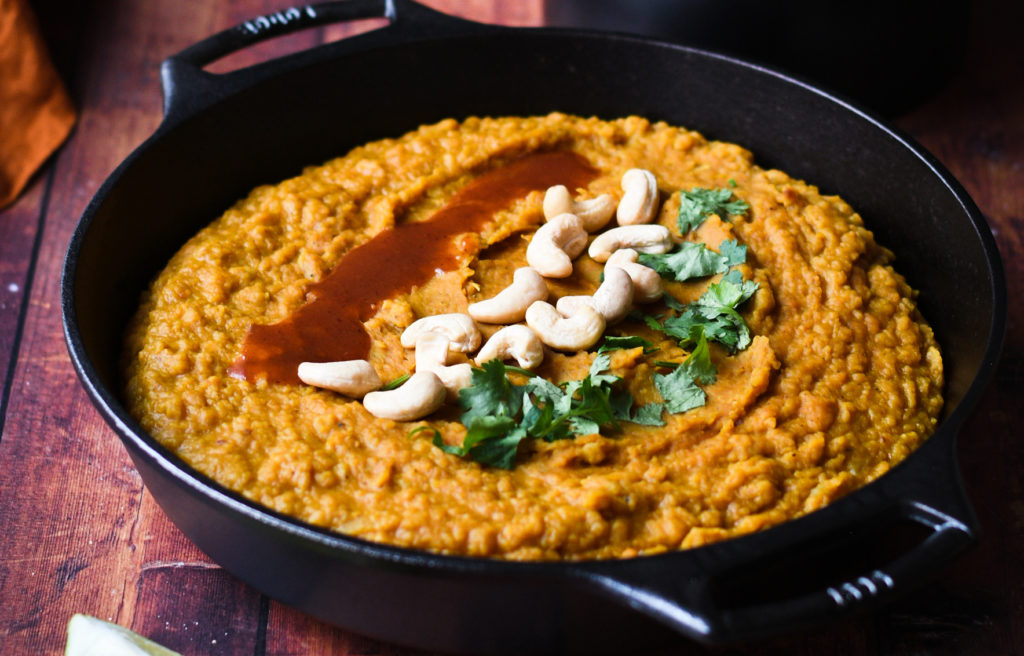Soluble vs Insoluble Fiber: What’s the Difference?
Fiber is an important component of any healthy diet! Luckily, finding delicious food with fiber benefits isn’t too hard. Even though there are lots of options out there, it’s essential to make a conscientious choice to eat more of what’s good for you!
On your fiber journey, you’ll run into lots of options, but to make the best decision, you’ll want to know the benefits of each type of fiber. That’s where we come in! Keep reading to learn about the difference between the fibers in your food.

Understanding soluble and insoluble fiber
Soluble and insoluble fiber both have health benefits. You really can’t go wrong, but if you are hoping to reach specific health goals, you’ll want to consider their differences.
Fiber is considered a complex carbohydrate and is found in many plant-based products, like wheat, fruits, and vegetables. As a complex carbohydrate, it won’t raise your blood sugar in the way simple carbohydrates often do.
Soluble fiber can dissolve in water. In your colon, it becomes a gel-like substance that slows down digestion and releases a few calories in the process. It can help lower your blood and cholesterol levels. It’s also been linked to preventing diabetes.
Insoluble fiber does not break down in your stomach. Instead, in your digestive tract, it attracts water which makes stool softer and easier to pass. It can also help with insulin sensitivity and prevent diabetes. Since it doesn’t break down the same way that soluble fiber does, it has no calories.
Benefits of fiber
Most foods that contain fiber contain both soluble and insoluble fiber. Fiber, in general, has a lot of additional benefits.
First, it can help support healthy weight management as it contributes to feeling satiated for longer. It also lowers the risk of heart disease, diabetes, and certain cancers such as colon and breast cancer. Finally, It can assist in balancing blood sugar and cholesterol levels.
With so much to offer, everyone can benefit from adding a bit more fiber to their meals!
Adding fiber to your diet
If you’re looking to add more soluble fiber to your diet, consider some of these options:
- Fruits such as apples, strawberries, and oranges
- Vegetables such as broccoli and Brussels sprouts
- Beans and lentils, such as our organic red lentils
If you’re looking specifically for insoluble fibers, then consider options like:
- Wheat, wheat bran, and other whole-grain products
- Root vegetables such as potatoes and parsnips
- Nuts and seeds, such as our organic flax seeds
Many items, particularly vegetables, are rich in both soluble and insoluble fiber. Having a balanced diet with both types of fiber is sure to keep you healthy and feeling great!
Ready to get cooking?
Now that you know the biggest differences between soluble and insoluble fiber and have some options to choose from, you might be feeling a bit hungry. Check out some of our popular recipes to see how you can get your fiber fix!
 VIEW ALL PRODUCTS
VIEW ALL PRODUCTS 
